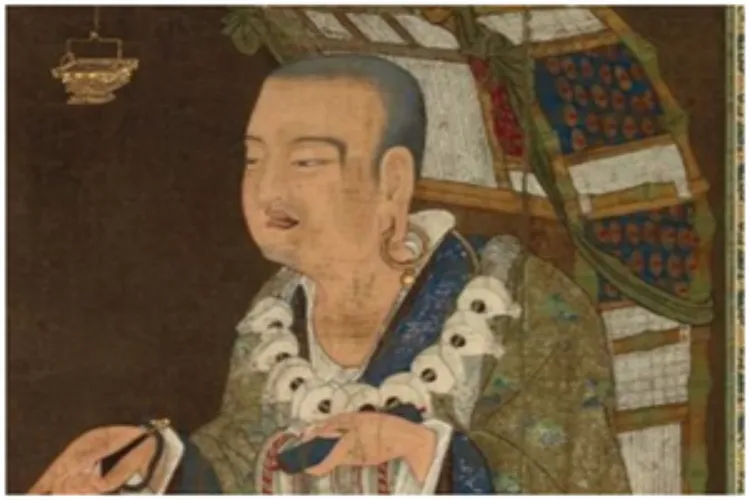
New Delhi
Just 10 per cent of the ancient Chinese traveller Hiuen Tsang's travelogue, which offers an eyewitness account of India at the time of Harsha Vardhan (the itinerant Buddhist scholar was here between 630 and 645 CE), has been discovered so far.
That opens up endless possibilities of scholars around the world stumbling upon unseen remnants of the manuscript in libraries and collections, which is exactly what is being explored at a two-day conference titled 'Asia on the Move: Histories of mobility and the making of Asia' at the India International Centre (IIC) in New Delhi on February 22-24.
One of the pivots in this movement of saints and scholars and the intermingling of traditions and cultures in the ancient world was Gautama the Buddha, which is why one of the main focus areas of the conference will be his life and times.
To understand Buddha's contribution to bringing Asia together, the IIC has invited a phalanx of scholars from around the world to shed light on the subject.
Prominent among them will be Dr Karan Singh, whose family ruled Kashmir, one of the key centres of this intellectual exchange; author William Dalrymple, distinguished historian Sanjay Subrahmanyam, now also known as the brother of External Affairs Minister S. Jaishankar, Dr Navina Najat Haidar of the Metropolitan Museum of Art, New York, and a host of Russian as well as Central Asian scholars.
"We are looking at many Indian manuscripts which are now only found abroad," explained Shyam Saran, IIC President and former foreign secretary. "Many valuable manuscripts went away from India, but they are available in other countries. Whether in Sanskrit or other Indian scripts, they are in fact stored in other countries."
The conference, he said at a media briefing, is a first step towards the IIC acquiring the digital versions of these manuscripts that are no longer available in India, but shed new light on the Buddha as well as the journeys of Buddhism and Buddhist scholars to and from India.
Discussing the philosophy of the conference, Shyam Saran noted: "There is sometimes a debate that the term 'Asia' actually did not arise from Asia, but is a western concept. Is 'Asia' an artificial entity? Does it have its own personality? Or a clear identity? Are there strong affinities among Asian countries that have influenced one another? These are some of the questions which this conference will be looking at."
He said the idea is to pick up threads from accounts of travellers who not only visited India, but also travelled through other Asian countries and left behind intriguing and interesting accounts of their travels.
Continuing on this note, Shyam Saran said: "These may be Chinese pilgrims who came to India to collect Buddhist scriptures. These could be adventurers who were seeking a career in Asian countries. These may be the traders who sailed across Asia in search of markets. And these could be people who came with invading armies and left behind accounts of the places they visited. We are looking at all these accounts."
The scholars who have been invited to attend the conference will look at these accounts left behind by ancient pilgrims, scholars and adventurers, and view the idea of Asia through their eyes.
